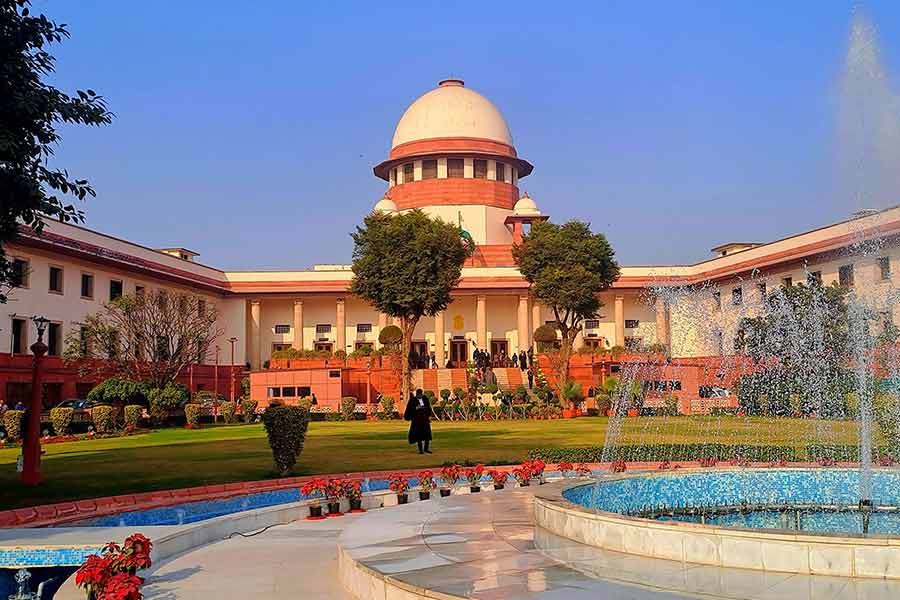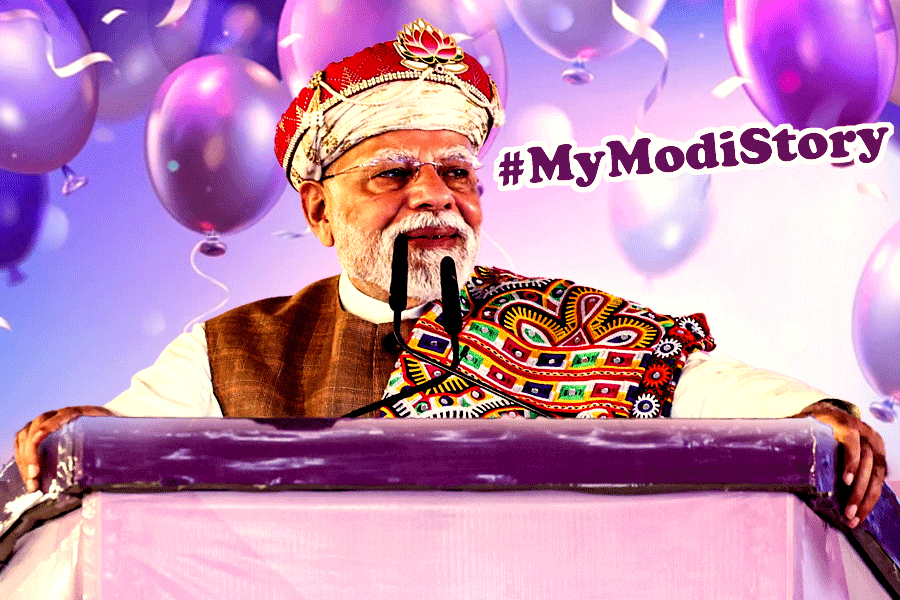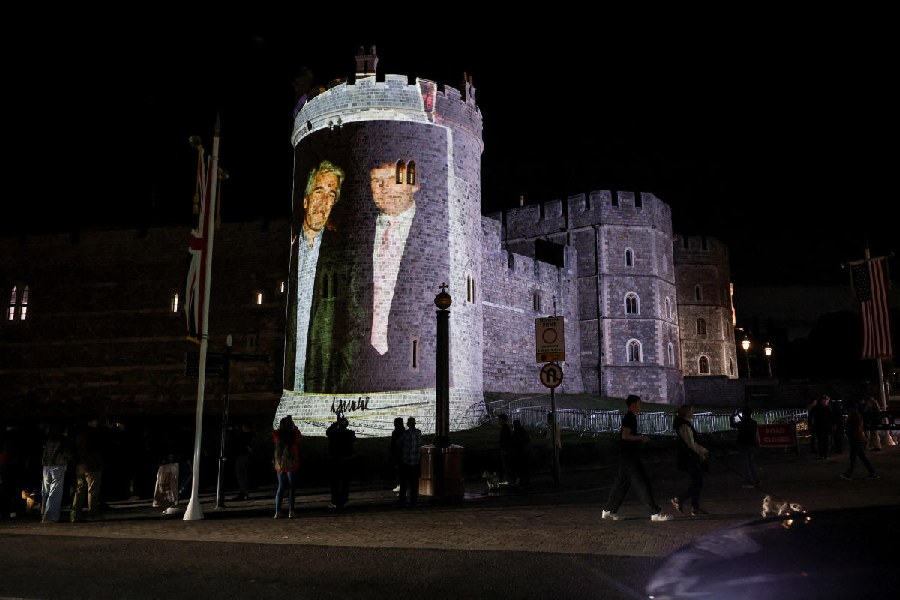 |
October 2, 1924 — January 15, 2009
If filmmaking is finally about telling a story, Tapan Sinha was in a league of his own. People revered Satyajit Ray’s films, were passionate about Ritwick Ghatak’s, debated over Mrinal Sen’s, but they simply loved Tapan Sinha’s.
For few told a story as well as Sinha did. He chose basic human emotions, picked characters practically from haate-bajare (the title of the film he made with Vyjayanthimala) and depicted a slice of their lives in a way that touched a chord with many.
It could be about a father bonding with a little girl in a foreign land (Kabuliwala), an old woman’s relationship with para goons (Aponjon) or an upright teacher standing up for his beliefs (Atanka).
 |
“Tapan Sinha was a loyal disciple of the narrative tradition in Bengali cinema. His storytelling was brilliant. He was very different from Ray, Ghatak and Sen; they were more concerned about the art of cinema, Sinha was focused on the storytelling. He understood middle-class tastes, their successes and failures, very well,” says Sanjay Mukhopadhyay, a professor of film studies at Jadavpur University.
Tapan, the fifth child of Tridibesh and Pramila Sinha, was born in Calcutta, grew up in Bhagalpur and Bankura, and graduated from Calcutta University. He died at CMRI on Thursday after a prolonged illness. He was 84.
In a career spanning nearly half-a-century, Sinha made 42 films, 19 of which won national awards and laurels at film festivals in Berlin, Venice, Moscow and London. The Dadasaheb Phalke Award was conferred on Sinha last year for his contribution to Indian cinema.
Sinha started out as an assistant sound recordist with the New Theatres Studio in 1946. Four years later, he shifted to London to work for Pinewood Studios. On his return, Sinha made his first film, Ankush, in 1954. Inspired by Ronald Colman’s A Tale Of Two Cities, he was drawn to tales of the common man in everyday situations.
He went beyond the Dickensian world to dabble in a variety of genres — children’s fantasy (Sabuj Dwiper Raja) or gritty social commentary (Ek Doctor Ki Maut), thriller (Baidurjya Rahasya) or comedy (Banchharamer Bagan), lavish period drama (Jhinder Bondi) or breezy seaside romance (Nirjan Saikate).
“He made 42 films but he never repeated himself. That proves his flexibility and capacity to understand the medium and his characters. I did six films with him and learnt a lot,” says actor-turned-director Arjun Chakraborty.
Did he look back with any anger or cynicism, actress Nandita Das asked him two months before he died. “I am a happy man. I did the only thing I knew and I have no regrets. All I wanted to say was said through simple relationships and I think people saw themselves in it,” he told her.
A simple man summing up his not-so-simple craft.











